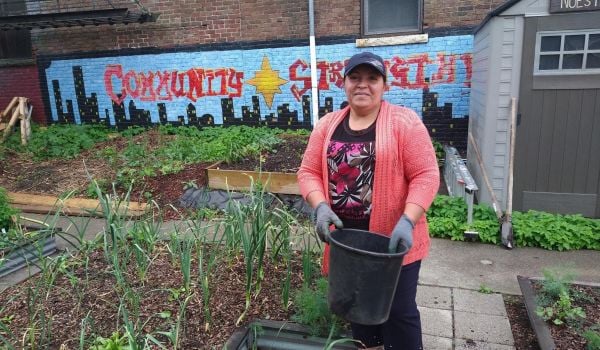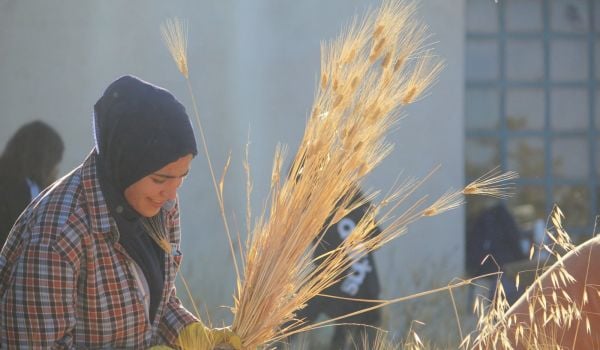Last week, Michelle Obama announced that she would be plowing up the White House lawn to make way for a kitchen garden. It will be the first such White House garden in over 60 years, since Eleanor Roosevelt created her “victory garden” to grow fruits and veggies during World War II. The victory garden caught on as a part of the war effort since it appealed to American patriotism and to American pocketbooks. Millions of citizens in the country and the city followed Eleanor Roosevelt’s example; gardens sprung up in public parks, in front of city halls and in backyards across the country. The result was huge: During the war, nearly 40 percent of America’s produce was grown in those gardens, according to advocacy group Kitchen Gardeners International . But as the war ended and as it got easier to ship food long distances across the country, the home vegetable garden craze lost some of its appeal. Check out the New York Times blog on why it took so long to have a White House kitchen garden again.
Environmentalists and local food advocates had been encouraging the First Lady to take the victory garden plunge. They stressed that growing fruits and veggies in the White House would set a good example for people trying to find safe, sustainable and cheap(er) food. After all, not too many nation-wide salmonella outbreaks start in the kitchen garden. And having a garden can help Americans save money in these cash-strapped times.
Sure enough, it seems like Michelle Obama has tapped into a nation-wide trend. Experts predict that there will be an increase in fruit and vegetable gardens this year and reports suggest that some seed and gardening businesses are already seeing an uptick in sales. Agriculture secretary Tom Vilsack decided to add a fruit and vegetable garden outside of the USDA offices in February. And more Americans are realizing that those tomatoes don’t have to be grown on a farm a thousand miles away, but can thrive in the backyard, a community garden down the street and even in a sunny apartment or fire escape.

_600_350_80_s_c1.jpg)













